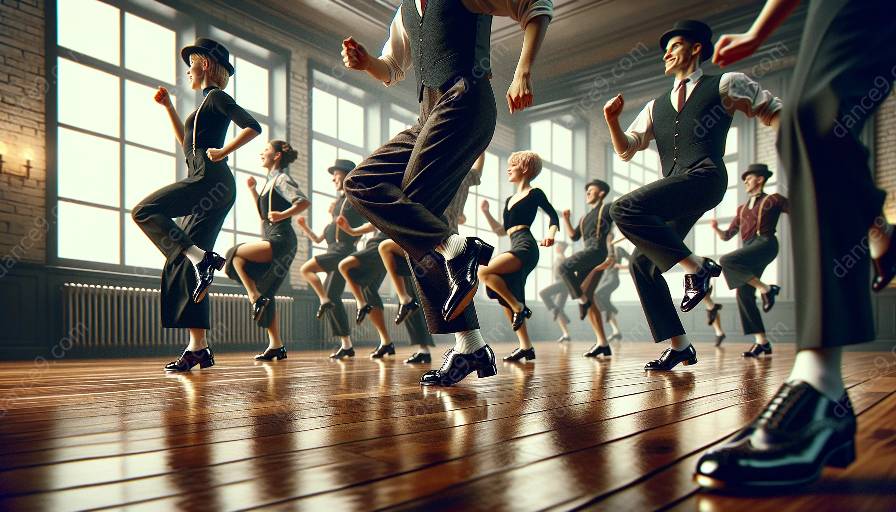Tap dance holds a significant place in the world of musical theater, allowing performers to express rhythm and energy through percussive footwork. This art form not only adds excitement and flair to performances but also enhances storytelling and character development. Let's delve into the multifaceted role of tap dance in musical theater and explore its influence on dance classes.
The Evolution of Tap Dance in Musical Theater
Tap dance has been an integral part of musical theater since the early 20th century, popularized by legendary performers such as Bill "Bojangles" Robinson and Fred Astaire. It became a staple in Broadway productions, blending elements of African American rhythmic traditions with European dance forms.
As musical theater evolved, tap dance continued to captivate audiences with its infectious rhythms and visually stunning choreography. Iconic shows like "42nd Street," "Singin' in the Rain," and "Anything Goes" showcased the virtuosity and showmanship of tap dancers, cementing its status as a beloved theatrical art form.
Enhancing Theatrical Experiences
Tap dance brings a unique dynamic to musical theater performances, infusing them with an undeniable energy and charisma. The percussive sounds produced by tap shoes create a symphony of rhythms, setting the stage alive with an electrifying pulse.
Furthermore, tap dance sequences often serve as pivotal moments in the storytelling process, amplifying emotions and adding depth to characters. Whether it's a joyful ensemble number or a poignant solo, tap dance has the power to captivate audiences and leave a lasting impression.
Impact on Dance Classes
Aspiring performers often flock to dance classes specifically to master the art of tap. The technical precision and athleticism required in tap dance not only build physical stamina and coordination but also instill discipline and determination in students.
Tap dance forms an essential component of comprehensive dance training, equipping students with a diverse skill set that enhances their versatility as performers. Additionally, the rhythmic sensibility developed through tap dance lessons can significantly improve a dancer's musicality and ability to interpret and embody different styles of music in theatrical performances.
Embracing Tradition and Innovation
While tap dance has deep roots in tradition, it continues to evolve with contemporary influences, reflecting the fusion of classical techniques with modern interpretations. Choreographers and performers constantly push the boundaries of tap dance, integrating it seamlessly into innovative musical theater productions.
Today, tap dance not only pays homage to its rich heritage but also explores new artistic frontiers, embracing diversity and inclusivity. This progressive approach ensures that tap dance remains a vibrant and relevant component of modern musical theater.
Conclusion
Tap dance holds a pivotal role in the captivating world of musical theater, enriching performances with its rhythmic prowess and expressive allure. Its influence extends beyond the stage, shaping the experiences of aspiring performers in dance classes and fostering a deep appreciation for the art form. As audiences continue to be enthralled by the infectious rhythms and artistry of tap dance, its legacy in musical theater remains as enduring as ever.













































































